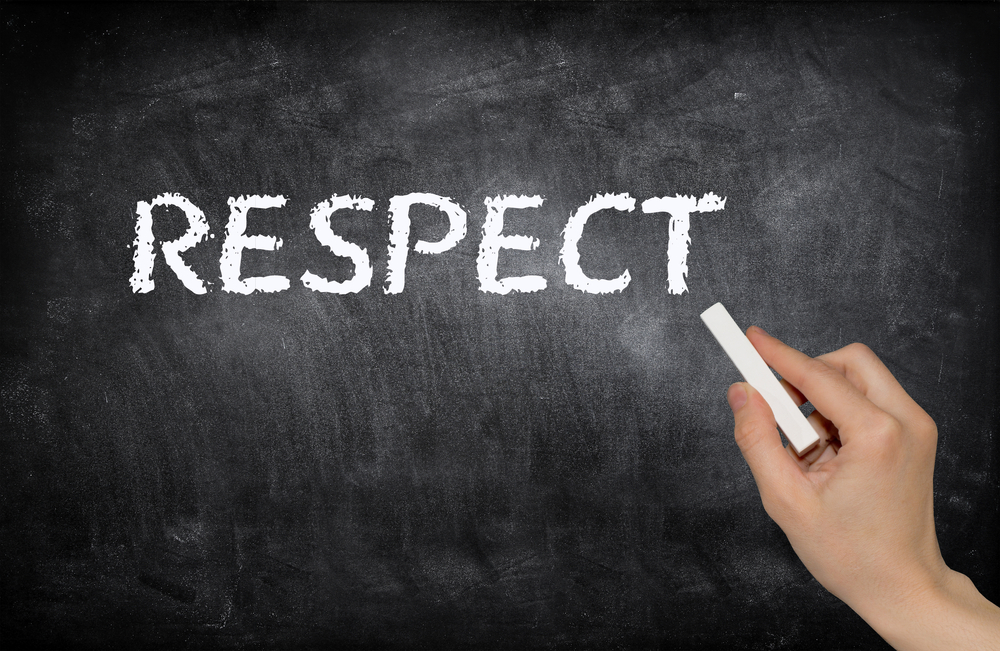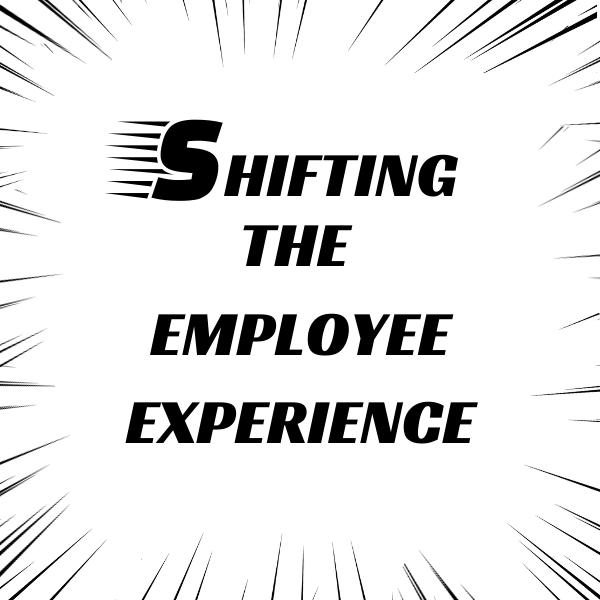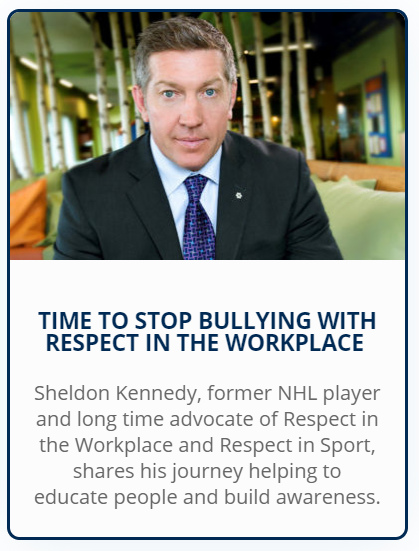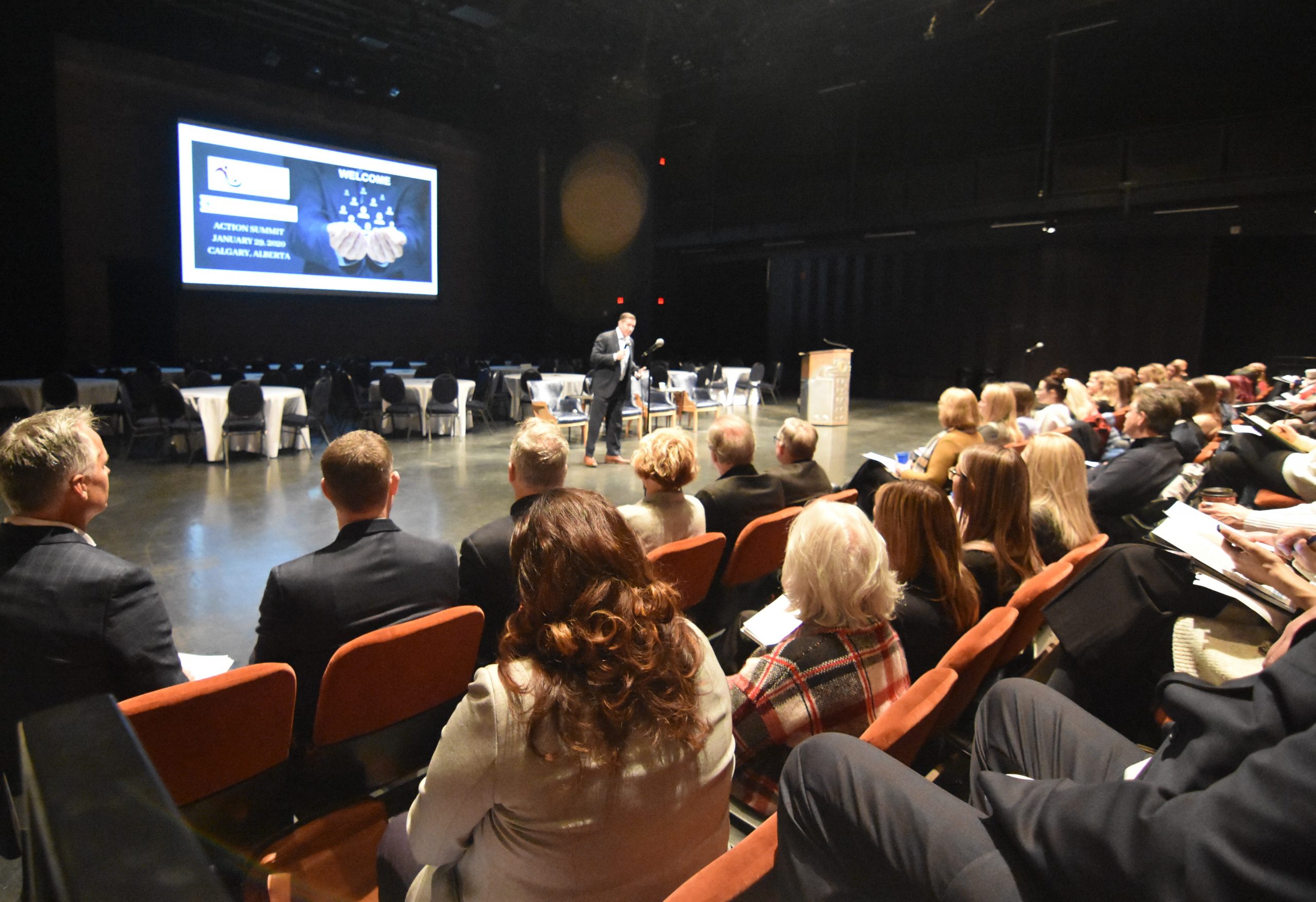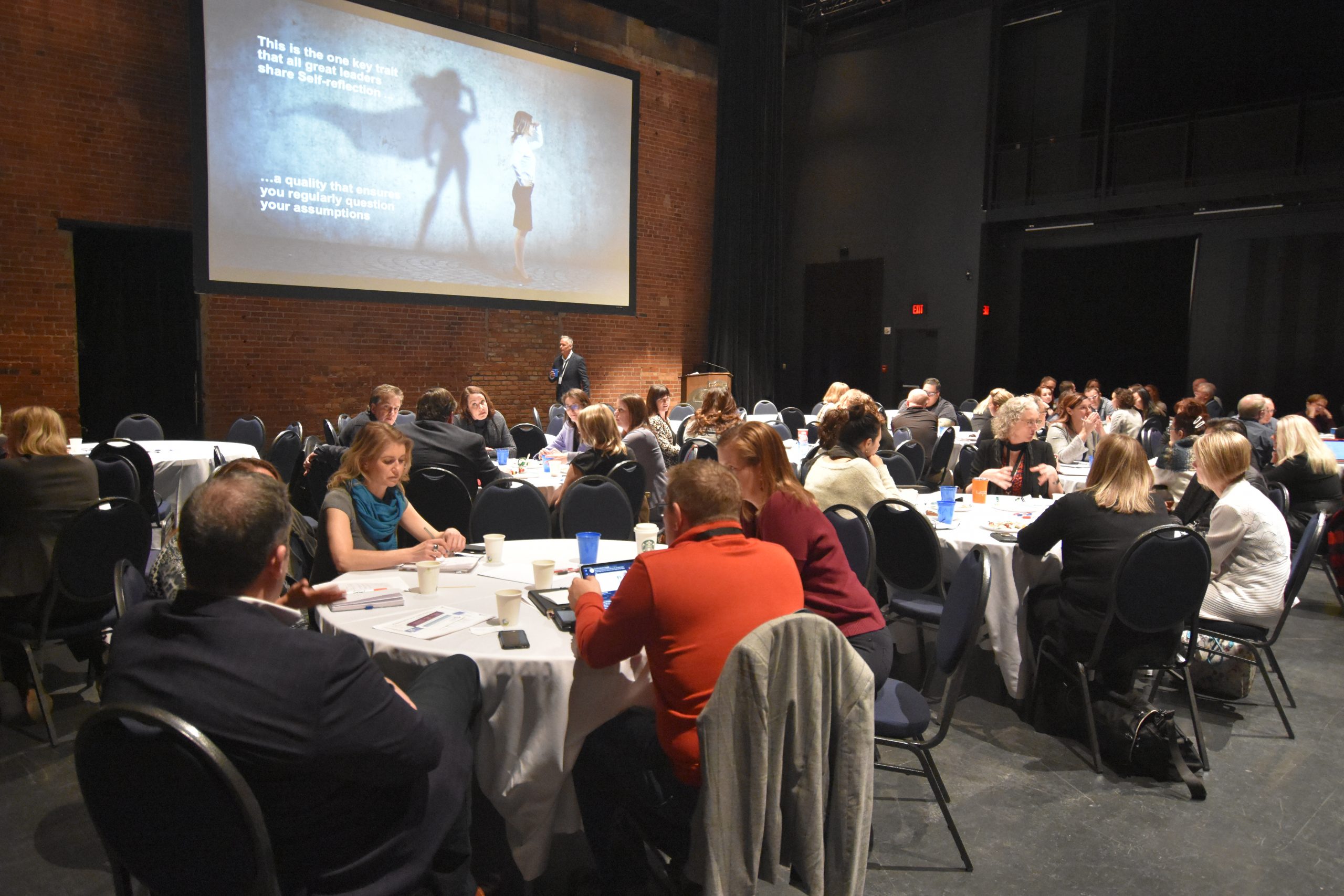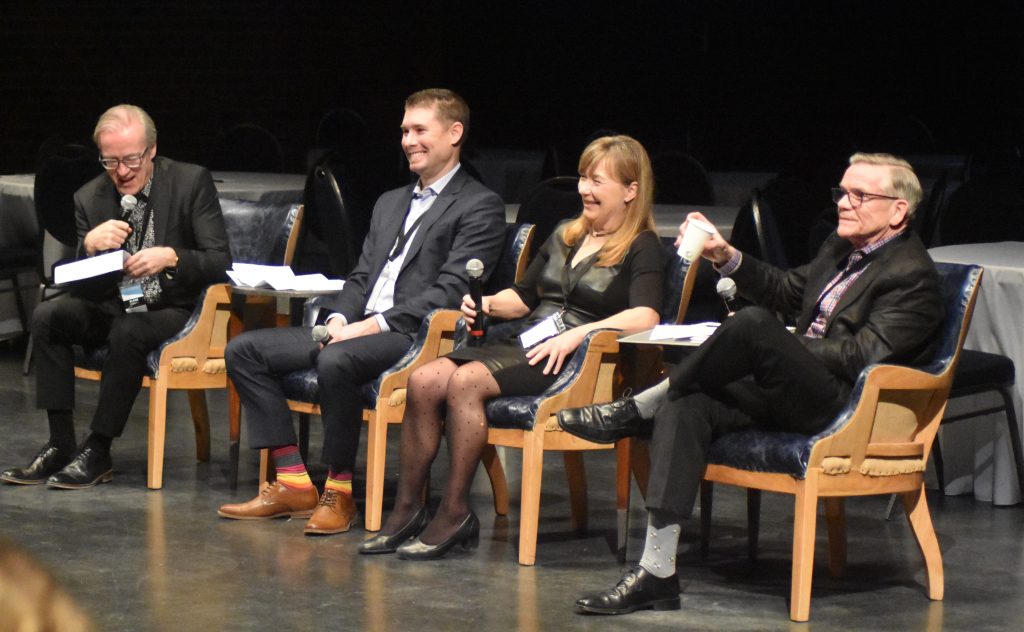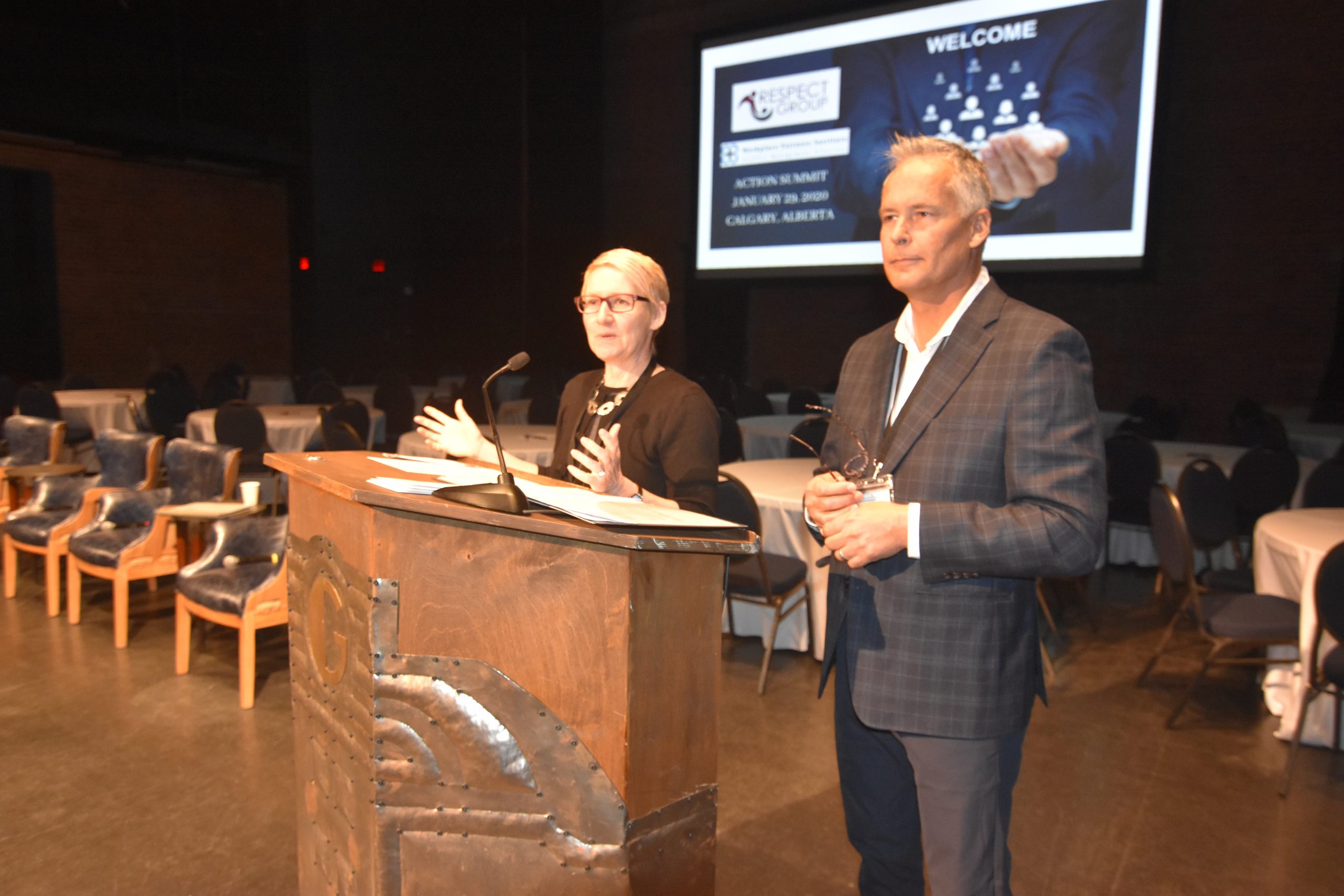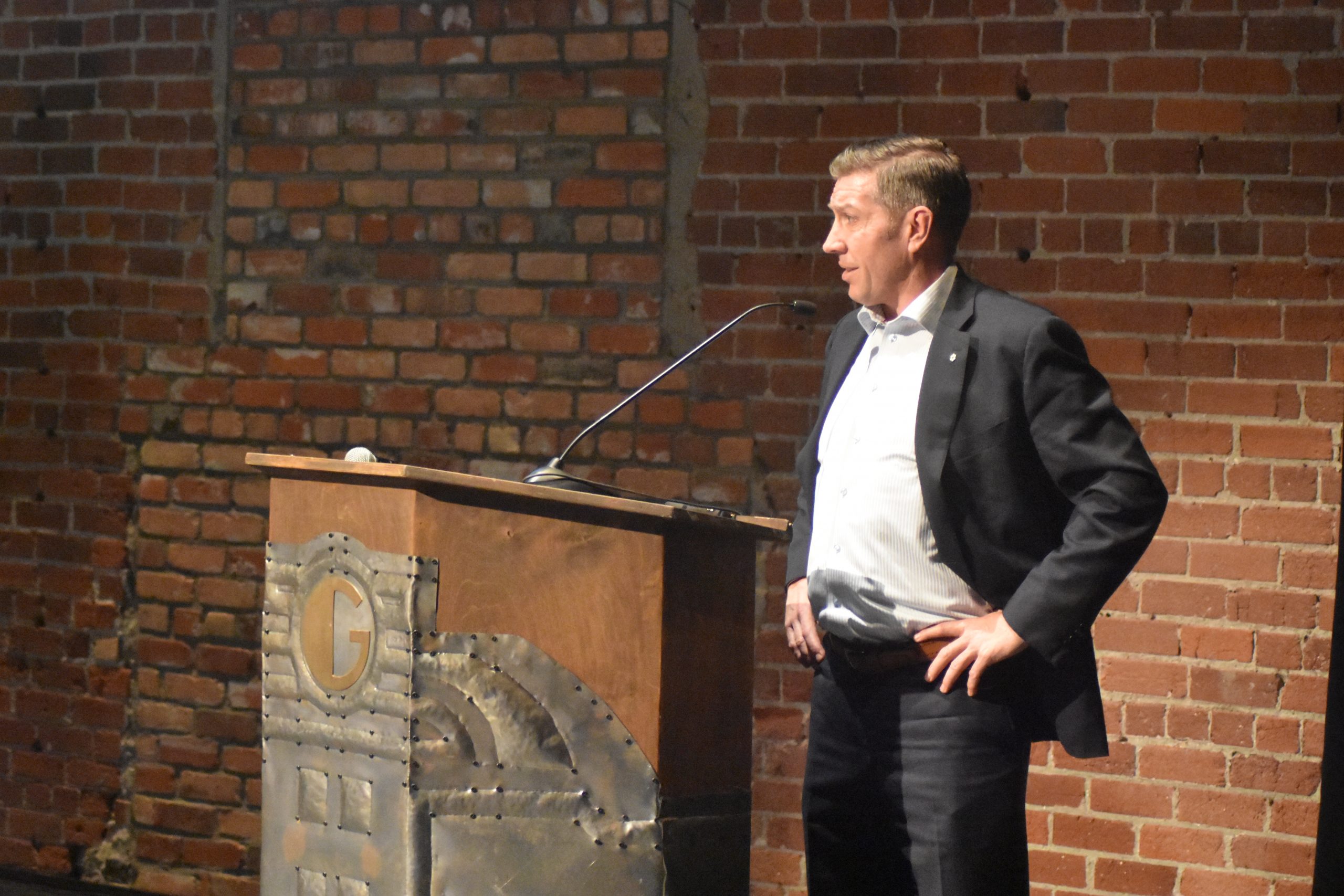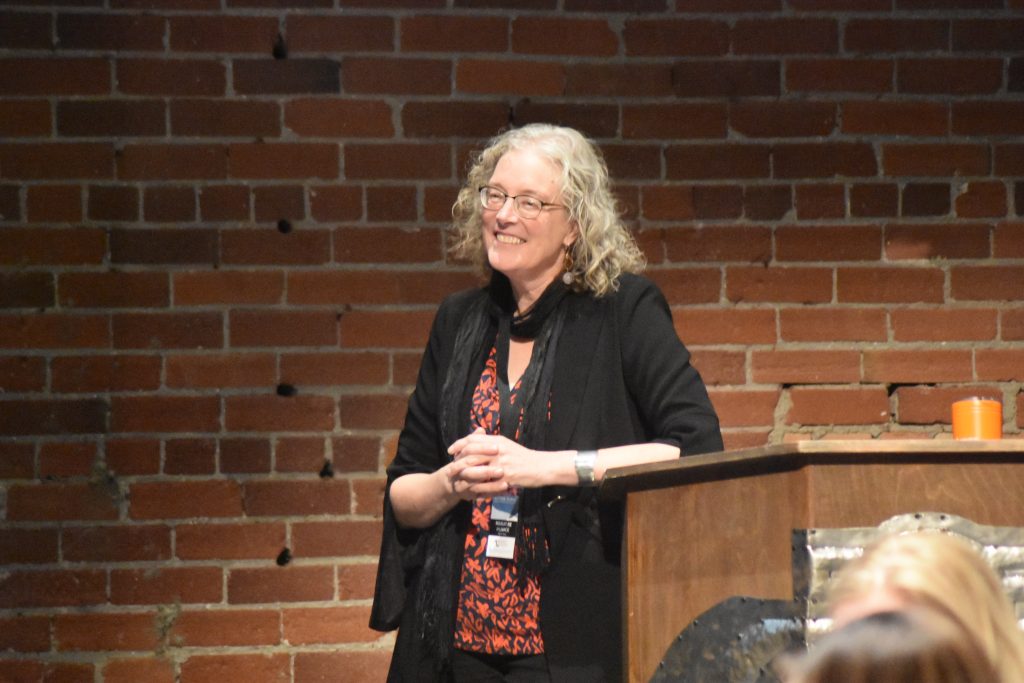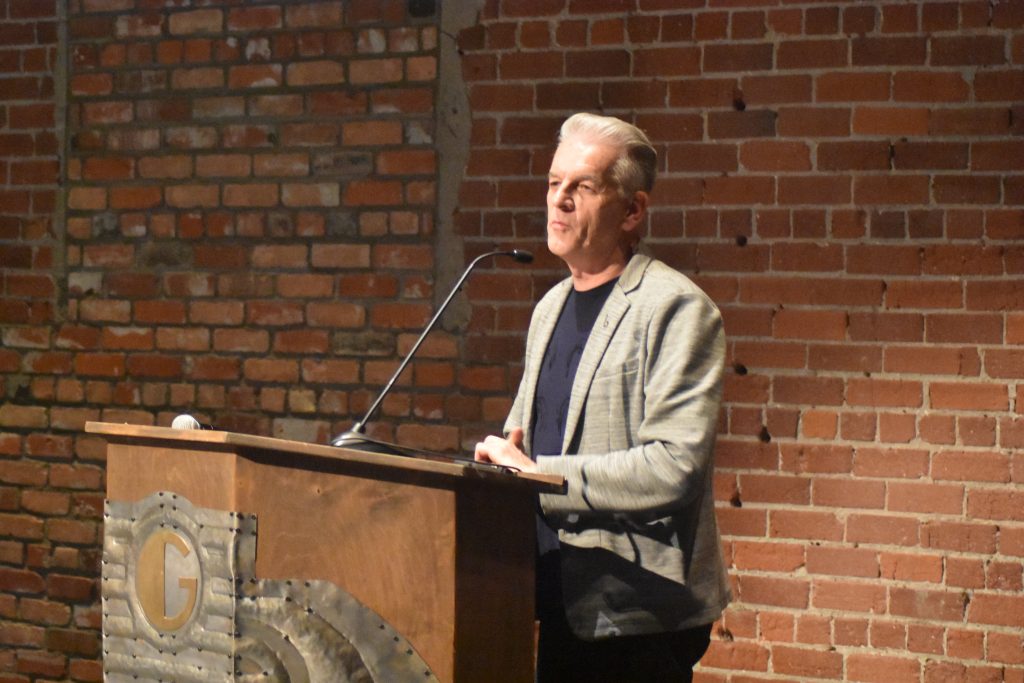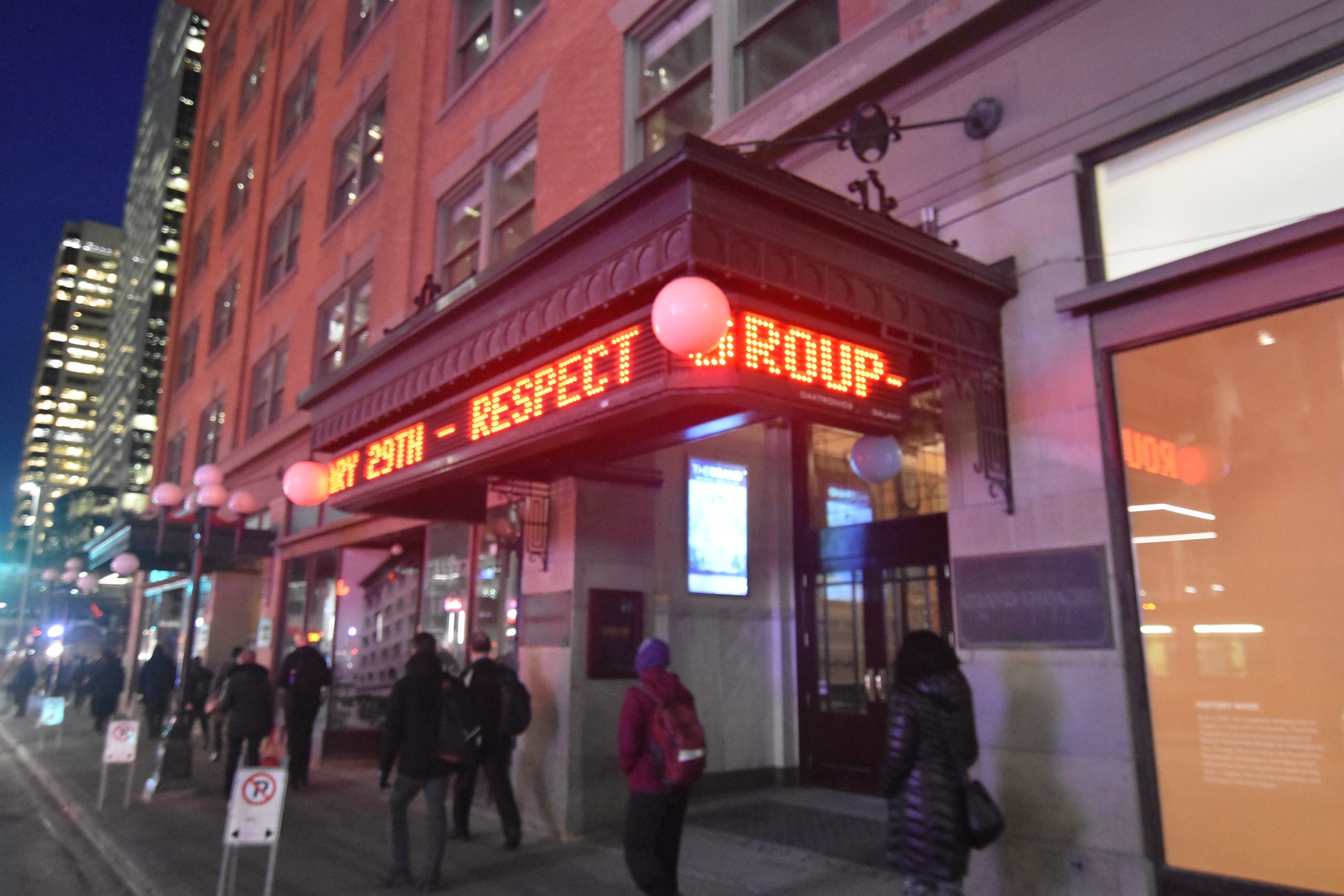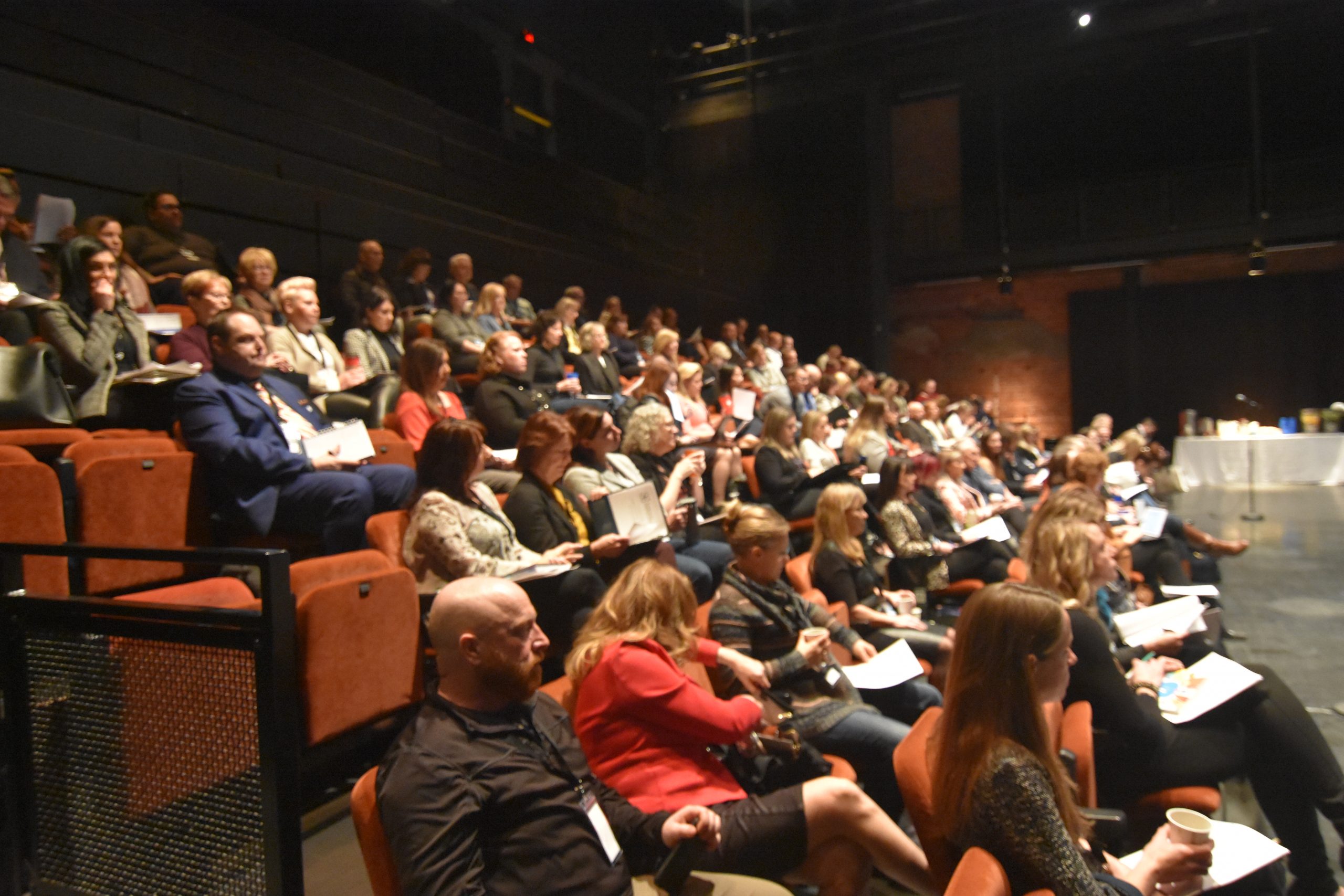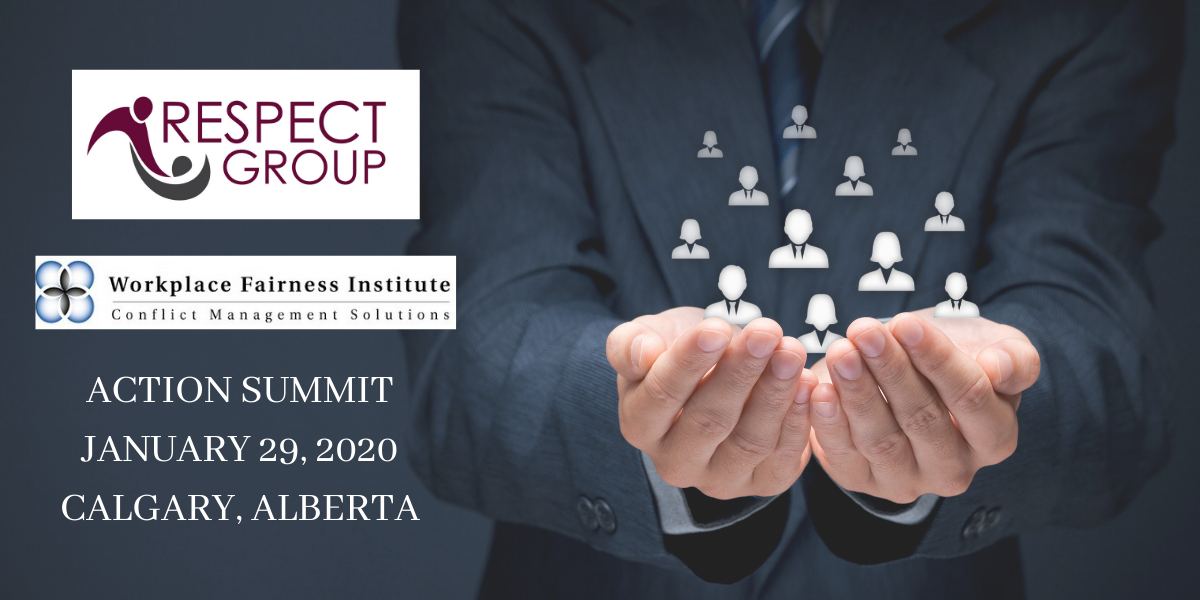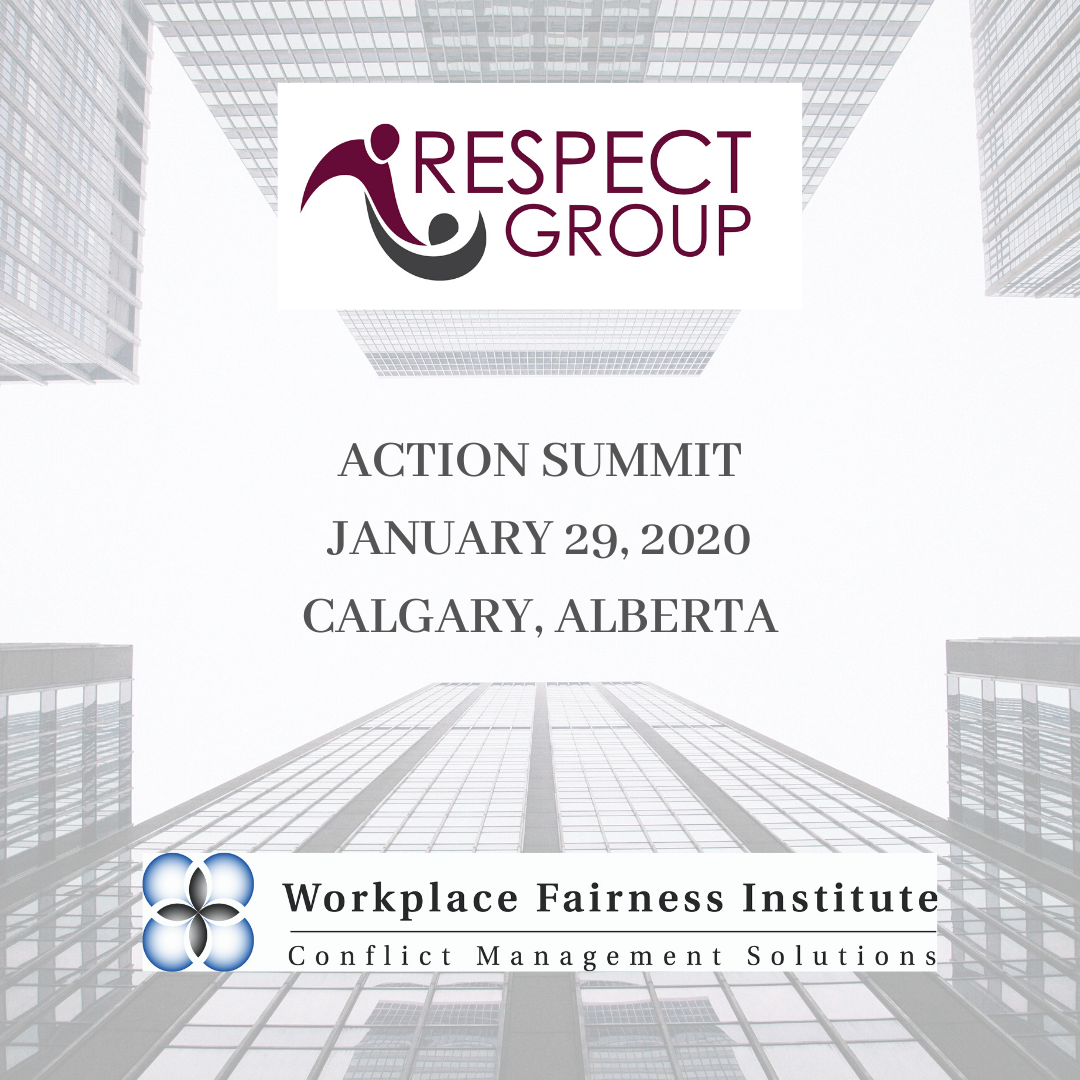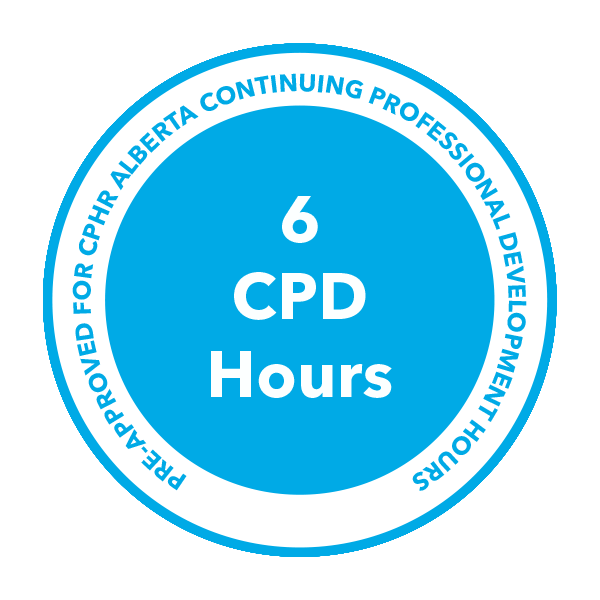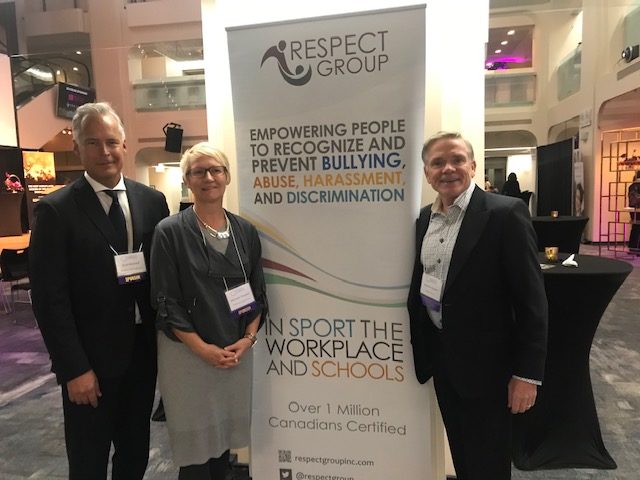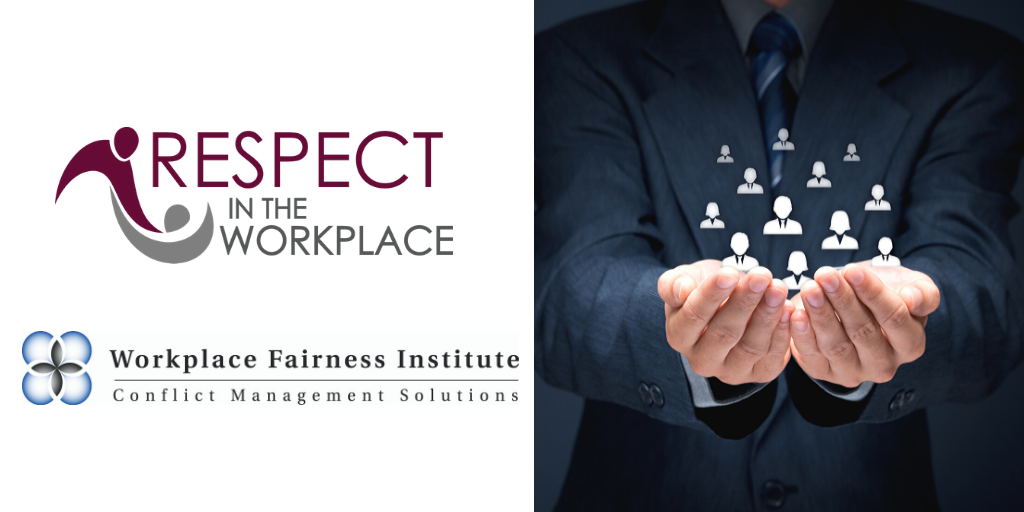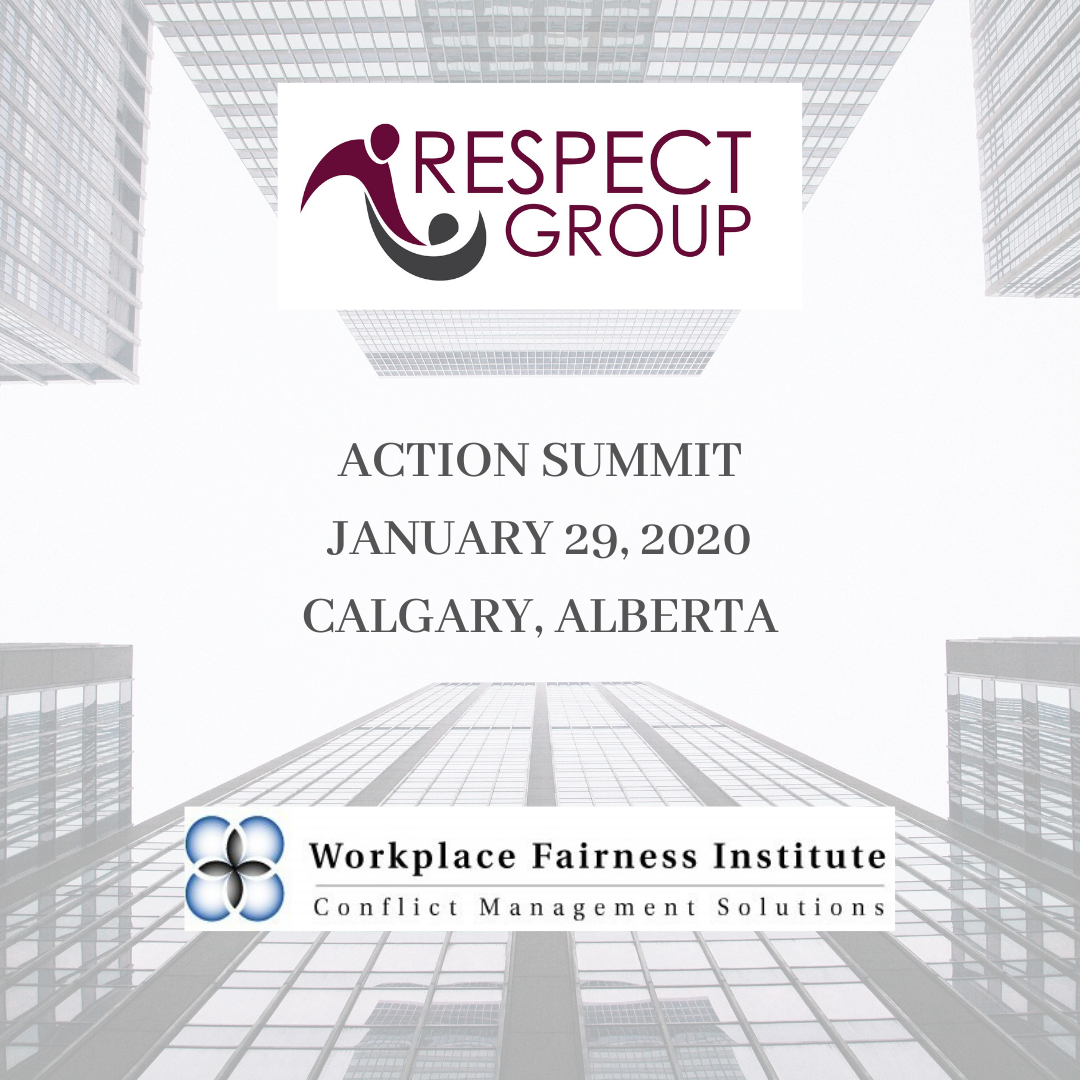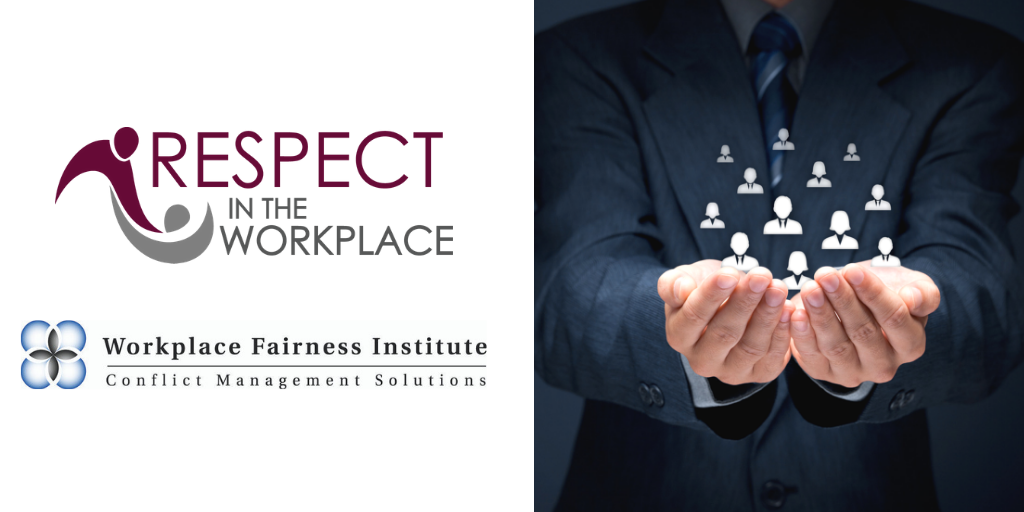Harrassment in Virtual Workplaces: How to Maintain Respectful Conduct While Working From Home
December 3rd, 2020 Research, Respect in the Workplace
No workplace has been immune from making necessary changes and adjustments throughout the COVID-19 pandemic. With more workplaces moving to virtual working environments, employers and employees are communicating and working in new ways. These changes have also affected the way we define psychological safety in the workplace, with new types of misconduct on the rise for those who are working from home.
Recent research reported by Bloomberg on virtual instances of bullying and harassment in the financial sector since March found an increase in hostile and offensive language used in the workplace (Martinuzzi, 2020). Though the COVID-19 pandemic is one major contributor to the recent increase in bullying and harassment in the virtual workplace, it is not the sole factor. Research following the impacts of the 2008 recession showed a significant increase in reported workplace harassment, with the incidence of harassment increasing alongside levels of financial insecurity (Martinuzzi, 2020). Strongly polarized opinions about the current political climate and views on adherence to public health measures can further contribute to stress in the workplace (Martinuzzi, 2020).
Finding the right balance between public and private communication when working in a virtual environment is crucial. Constructive criticism and feedback should always be conducted privately between employees and their supervisors or managers, versus in group emails or communication channels. The importance of this was highlighted last year by employees of the luggage company Away. Away’s primary method of communication among employees was Slack, a widely-used messaging platform (Rice, 2020). Their company policies did not allow for private Slack messages between employees about anything work-related, resulting in employees often being publicly disciplined and even harassed by their superiors, including the company’s CEO (Rice, 2020). Further, because this all occurred online, evidence was readily available for employees to document the misconduct that occurred (Rice, 2020). Alternatively, virtual work environments also open up the doors for individuals to be excluded or cyberbullied in private conversations, emails, or video chats in ways that may not have occurred in physical workspaces, where bystanders are present (Martinuzzi, 2020).
The blurring of the lines between work and home environments, particularly for working parents, has been a further challenge to navigate. Expectations for a typical workday, including physical appearance, workspace, and working hours are changing. If employers are transitioning to working from home, it is important to communicate individually with employees about their planned working hours, recognizing that adjustments may need to be made based on individual circumstances (Rice, 2020). Having a clearly defined work day can help prevent employees from feeling the need to always be available, and can promote psychological well-being for those new to working from home by helping to identify work/life balance and boundaries. If video meetings are required, employers should clearly identify expectations and requirements for employees’ home offices and physical appearance, and help to identify solutions for employees facing challenges in these areas (Rice, 2020). For example, meetings with colleagues in comfy clothes may be appropriate, but may not be appropriate for meetings with clients. Clarifying these expectations for all employees is not only a preventative measure, but can help to maintain a sense of normalcy during a time of great uncertainty and confusion.
In order to maintain employee engagement, trust in the organization, and commitment to their work, employers must take virtual harassment seriously and work to create a culture that prevents maltreatment in the workplace (Rice, 2020). Creating a healthy virtual/work from home culture starts with strong leadership, fuelled by empathy and compassion for the challenges faced by both our employers and colleagues (Rice, 2020). Employers should clearly define expectations for virtual conduct in the workplace for all employees, while also working with employees individually to support their adjustment to working from home and to address any challenges or missteps that may occur.
Employers and employees looking for more information on mental health resources available across Canada can be found through the Covid-19 Resource Hub from the Centre for Addiction and Mental Health (CAMH). More information on creating psychologically-safe workplaces can be found in our Respect in the Workplace program.
References:
Martinuzzi, E. (2020, June 17). As work has moved home, so has harassment. Bloomberg. https://www.bloomberg.com/opinion/articles/2020-06-17/as-work-has-moved-home-so-has-online-bullying-harassment
Rice, D. (2020, September 14). Virtual harassment in the workplace: How bullying and misconduct moves online. HR Exchange Network. https://www.hrexchangenetwork.com/employee-engagement/articles/virtual-harassment-in-the-workplace-how-bullying-and-misconduct-moves-online

